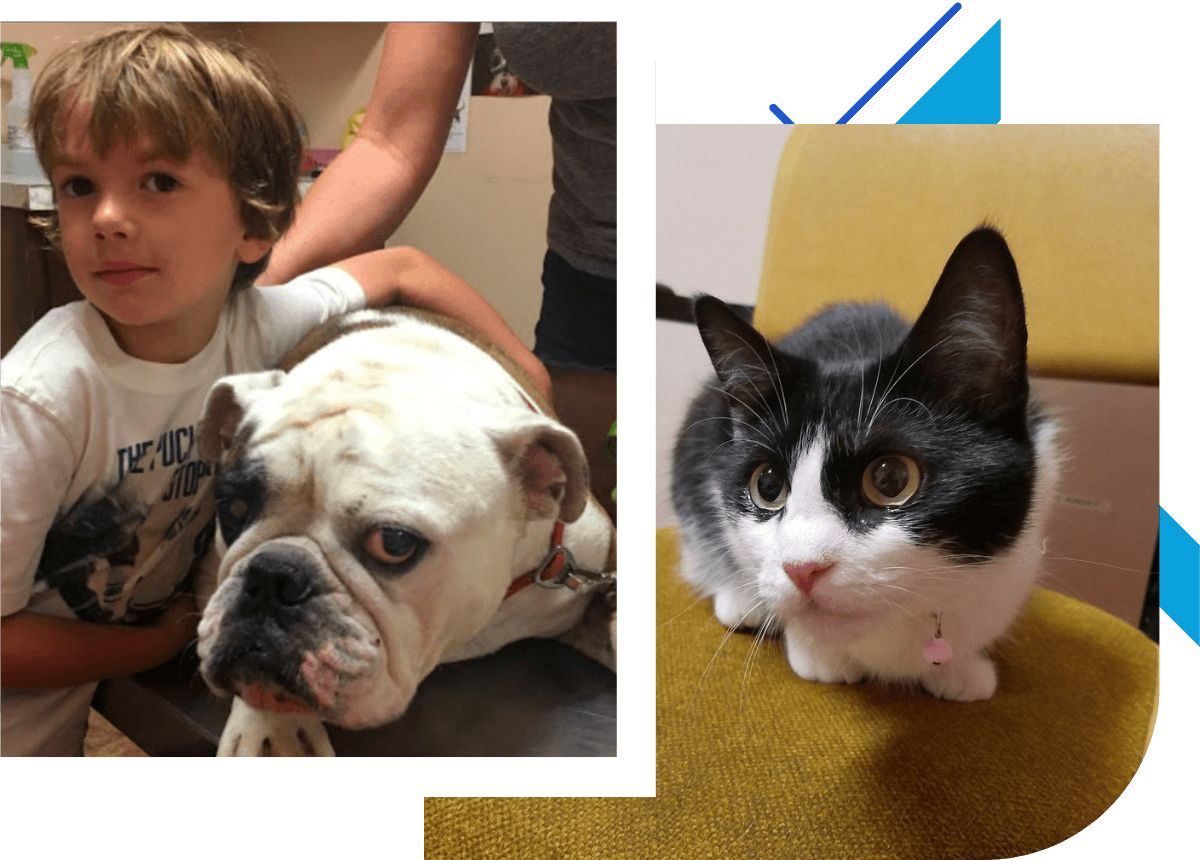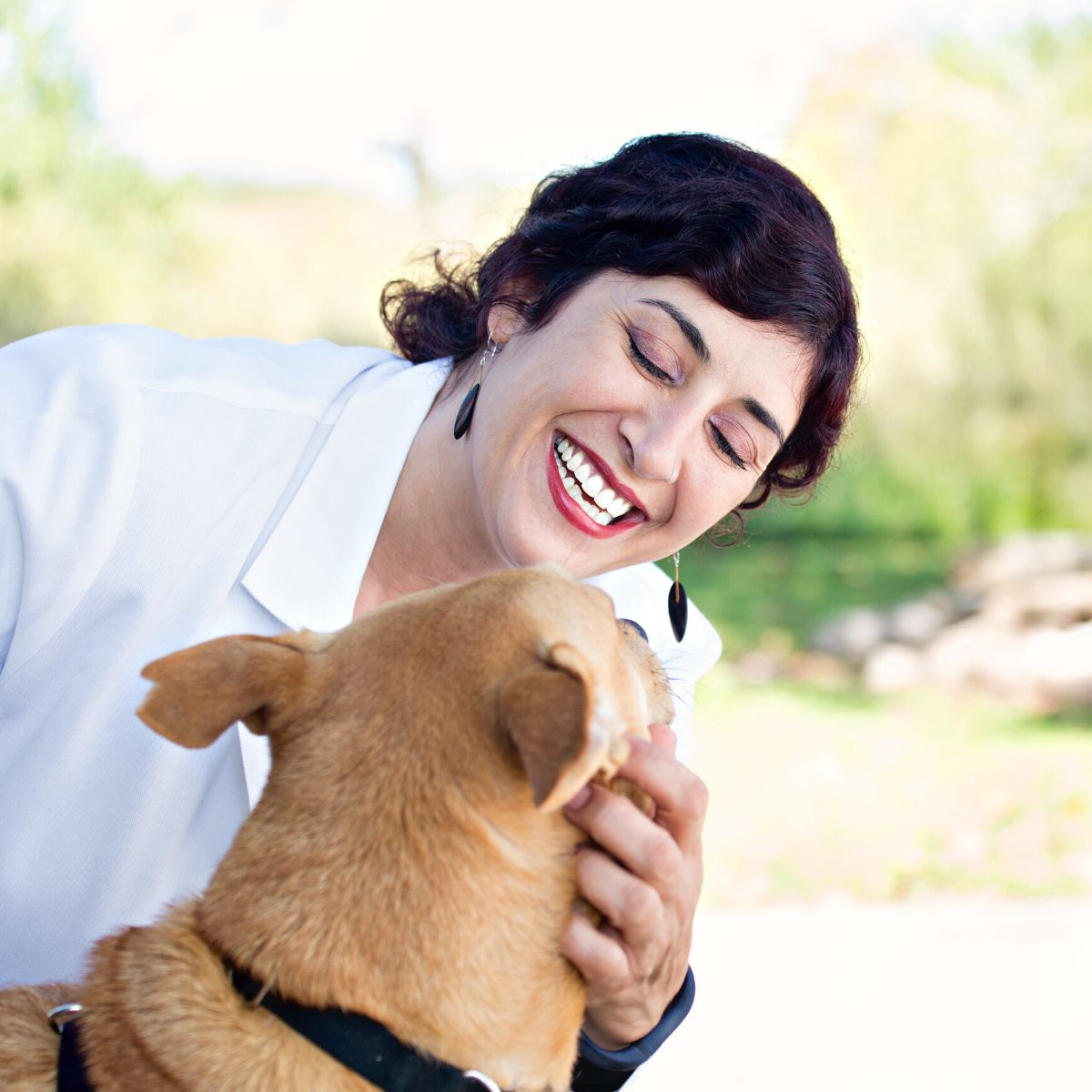To OPEN APP:
Download the APP – Silver Sands Veterinary – on your SMARTPHONE
Once you OPEN APP, go to the Make an Appointment section within the APP
Compassionate care for the pets of Milford and beyond
We’re here to make your life easier.
Celebrating 50 Years in 2023
A companion animal practice in small animal medicine and surgery
At Silver Sands Veterinary, we understand the special bond between pet and owner. That’s why we strive to provide the highest level of professional care for your furry friend. From routine check-ups and vaccines to unexpected medical emergencies, our veterinary team of experienced doctors and technicians is dedicated to ensuring the well-being of your pet throughout all stages of life.

Pet Oral Care Services in Milford, CT
Our goal is to help you identify, stop, and prevent pain and systemic side effects from oral conditions for your pet. You can rest assured your pet’s oral health is in good hands: Our veterinarian, Donald H. DeForge VMD, is the only Fellow of the Academy of Veterinary Dentistry in Milford.
- General Oral Preventive Care
- Oral Medicine and Oral Surgery Referrals
- Advanced Oral Care Diagnostics and Treatment
- Immediate Appointments (No Waiting List)

Fill out your online forms before your next visit!
Comprehensive Urgent Care Services
Avoid the long wait times at 24/7 ER hospitals and save money by choosing Silver Sands Urgent Care.
We treat all non-life-threatening emergencies
Minimal time in the waiting room
More affordable urgent care
Expedited Visits
Personalized Compassionate Care
Priority to Pain-Centered Emergency Patients
Affordable Comprehensive Urgent Care Same Day Appointments
- ZIn Hospital Appointments
- ZConcierge Appointments
- ZDrop Off Appointments
What’s the difference between urgent care and critical care?
Examples of urgent care problems that can be treated at Silver Sands Veterinary:
- Sudden lameness in any leg
- Ear infections and your LDVM is closed
- Biting at skin or paws with bleeding and your LDVM is closed
- Read more…
Examples of emergencies that need 24/7 life-saving, critical care:
- Advanced heart problems – cardiopulmonary collapse or shock
- Stroke and other vascular accidents affecting the central nervous system
- Severe shortness of breath – advanced pulmonary pathology
- Read more…
Our Veterinary Services
Silver Sands Veterinary specialist on-site and virtual consultations
When it comes to your pet’s care, we offer everything they need under one roof — from pet wellness exams to surgery and everything in between. Our app makes managing your pet’s care more convenient.
Sorry! Temporary Moratorium: House calls suspended because of COVID-19. We will be coming to your home again soon! We miss you! Look for an announcement stating: House Calls Are Back at SSV!

Get to know Dr. DeForge and the rest of our veterinary team!
Dr. DeForge is the only Fellow of the Academy of Veterinary Dentistry in Milford. He performs affordable dental cleanings with dental X-ray diagnostics in the same manner as a human dentist!
What Clients Need To Know About Pet Insurance
There are no networks to worry about. You can use pet insurance at any veterinary clinic or animal hospital.
Once the annual deductible is met, pet insurance can help you save on:
Accidents
Illness
Diagnostics
Surgeries
Medication
and More
Pet insurance does not cover pre-existing conditions, so it’s helpful to enroll before any issues are present.
Why do we think this is important?
- 1 out of 3 pets will need emergency care, which can cost thousands
- If a pet gets sick or injured, pet insurance can cover (reimburse) treatment & tests
- Clients can also get reimbursed on routine care if they have a wellness plan
Out of more than 20,000 pet owners surveyed, less than 20% said they could afford to cover a $5,000 medical expense out-of-pocket without pet insurance.
See Which Pet Insurance Provider Can Save You The Most
We recommend clients visit Pawlicy Advisor to learn about their best options and see quotes from top providers all in one place.


We love our clients and patients!
Thank you for making us a top-rated veterinarian in Milford, CT.







